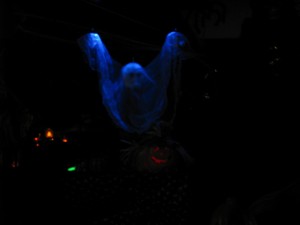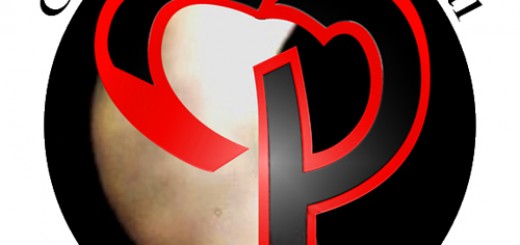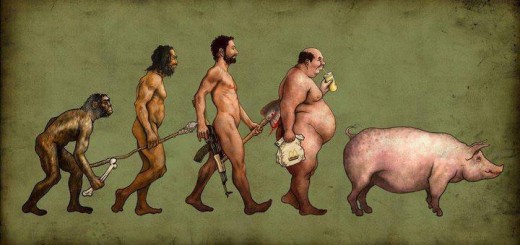Ghost Hunting Residences
Ghost Hunting Residences
Originally written May 4th, 2014, moved to the new LAL server Feb 27th, 2015.
Yesterday a guy asked me about techniques and such for ghost hunting residences, and I was kind of stuck for an answer, due to the fact that each and every case is different, the people who come are different, the circumstances are different. Thus I haven’t so much focused on a formula on what to do when as much as sensing what needs doing as we go and doing it.
However, in a perfect world, the routine is this:
Interview of the people affected. Find out who, when, what to potentially discover why. Drug use within? Esoteric association (Ouija, seances etc)? History of mental illness? Some folks get offended at this line of questioning, defensive, and for good reason, however it is necessary to know the scope and any possible causes of the problem. Surprisingly, terrestrial causes can be ascertained at this point in a high number of cases. Nobody likes to waste time going in the wrong direction, the client or the investigator.
Walk Through. Check the scene out. This will usually shed more light on a case that will enable an investigator to decide whether or not he or she wants to, or needs to, get involved with the case. This involves further interviews. Sometimes the interview needs to be brief, but do be sure to go back for in depth and clarifying information later. You may have a sensitive or medium along, someone you trust, and you’ll have to decide on the spot how to utilize them. For example: having a medium present for the interview to help determine if what being said is genuine, fabricated, or hysterical in nature. You may decide to let the client know that said person is a medium, and you may decide it’s best not to for whatever reason, such as the client is vehemently opposed to the belief that such a thing (or person) exists. The investigator’s job is to get the job done with the tools available without making anyone feel weird. That is respect.
Diagram of the residence. This is used to mark: Places identified in the interview where occurrences have been observed (“what” witnessed by “whom” and “when”).
Why do this? Because memories are fallible, unreliable. Information is power.
Jot the all relevant times and date, the general weather conditions, moon phase and any extraneous relevant information here.
The diagram is used for documenting baseline readings such as time marked outside temperature readings, temperatures readings from several spots within every applicable room, annotated with time stamps, EM intrusions not considered anomalous such as running appliances (refrigerators tend to broadcast EM energy 2 to 3 feet away when running) and locations of probable bad wiring.
Once observed and documented, other EM spikes later have the potential to be anomalous.
Temperature readings ought to be updated hourly (indoors and out) and taken at the same spots and locations each time. Somebody states that a room just got colder, or someone walks through a cold spot, this ought to reflect in readings at that time, and a basis for comparison is readily available from the diagram/temp readings.
EM spikes that were previously not observed are documented just as the temps are on the diagram.
As mentioned above, memories are unreliable, and if it appears that you may be on a multi-visit investigation, the investigator can to themselves and the client a huge favor by offering the client an inexpensive notebook binder for future documentation. I often recommend this no matter on first contact, and ask the client to use this tool to help us help them. “Anything odd that happens, write it in this notebook, headed by time and date. Use the notebook as a diary or journal, a para-journal. Write what (happened), who (was there), when (it occurred) and any extraneous relevant information.
Another thing to consider.
We recently had a residential case where a murder had been committed. This crime was verified, the persons involved, it was discovered, caught and convicted. The haunting revolved around the victim as well as a deceased relative. The affected individual was primarily a child. This made the case a priority.
Yes, we could have dragged it all out, set up all the stationary night vision cameras, the DVRs, the computers etc. and hunted the ghosts down, but to what end? To get some great photos, possibly some compelling video and sound recordings? But this was a family’s life, their dwelling, and a child would sleep in the room that very night where the primary activity occurs, so the way I saw is was this: Rather than waste a bunch of time trying to gather evidence of phantoms, spirits, ghosts within the structure? Better to just get the job done for the sake of the living. Let’s help these folks understand that what they are experiencing is abnormal, and that they don’t have to live with it. Let’s see if we can detach from the client the shadow figures who are visiting. Let’s see if we can help these folks redirect to a positive mindset. On this I’m not going to go into at this time as I have prattled on far too long already, but the bottom line is this: We’re here in the field to help. We’ll have a good time while doing so, but in the end we help people. Let the public places we visit be the places we gather stimulating, intriguing, compelling evidence of life after death from, but let’s keep the private places and private lives of people suffering private.



